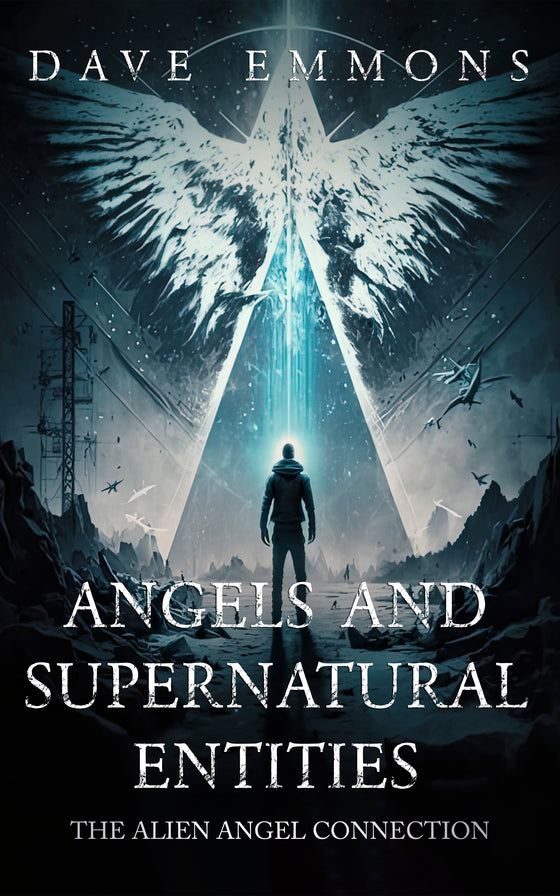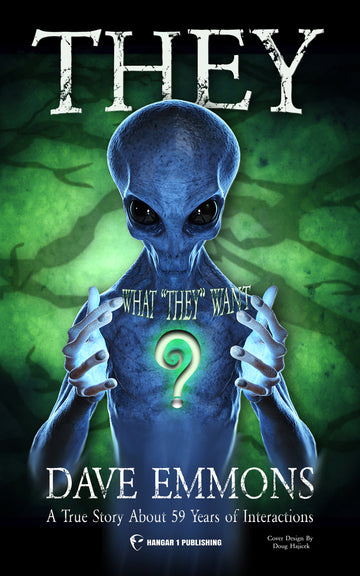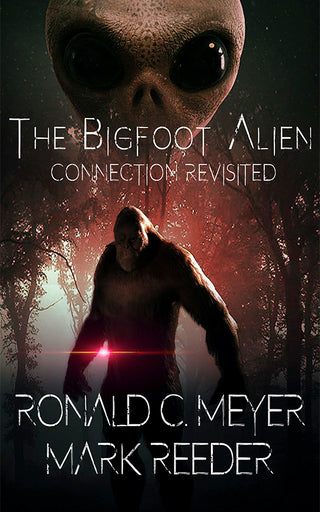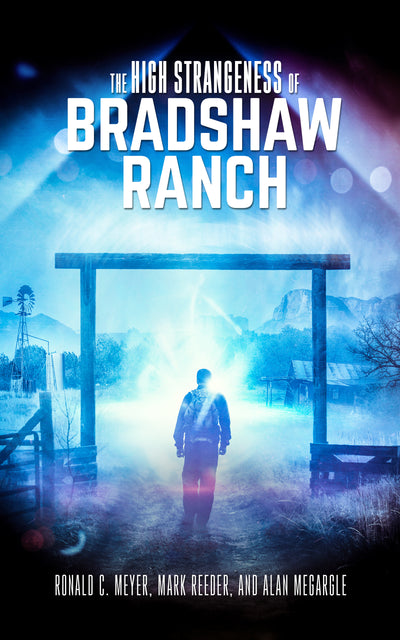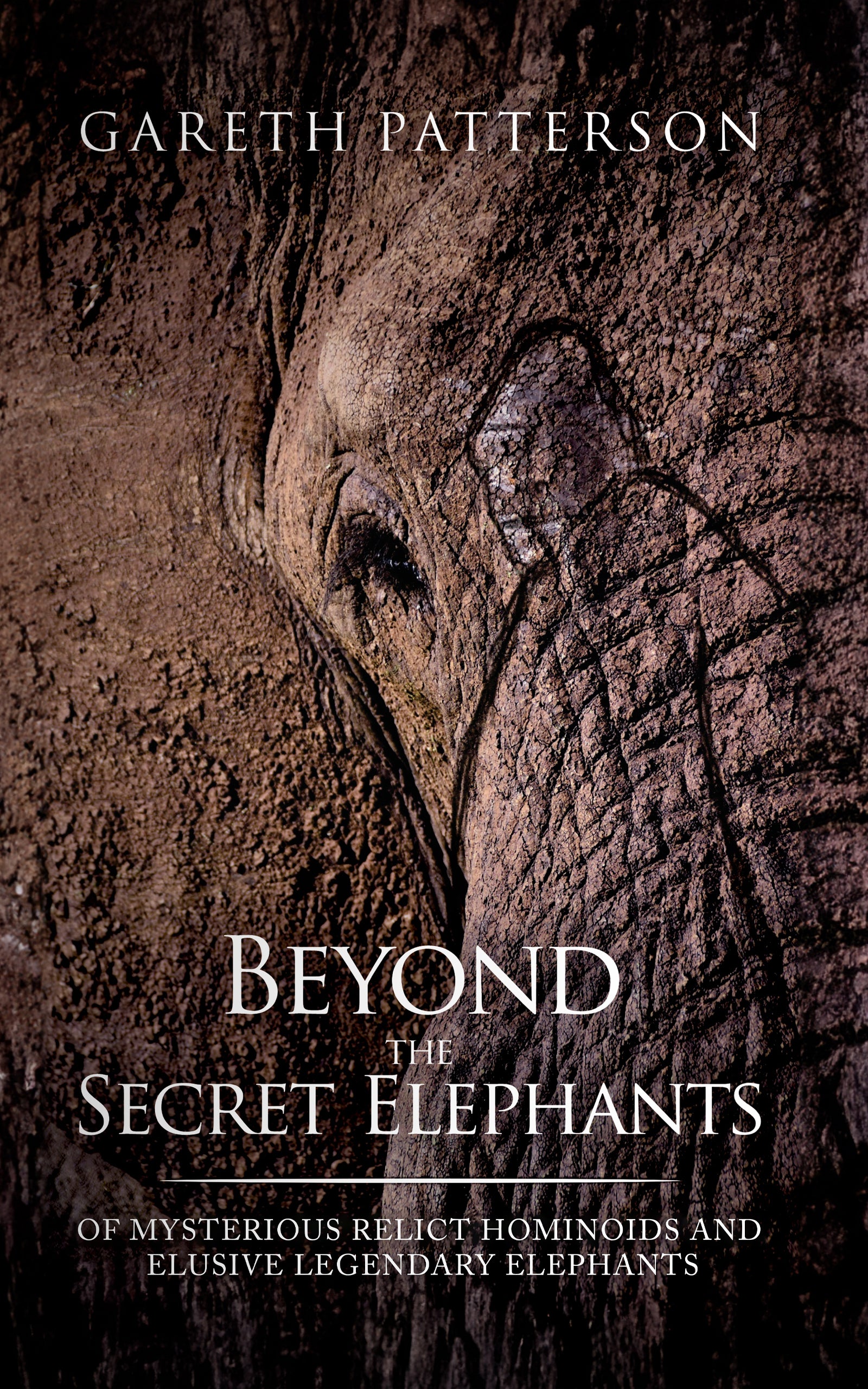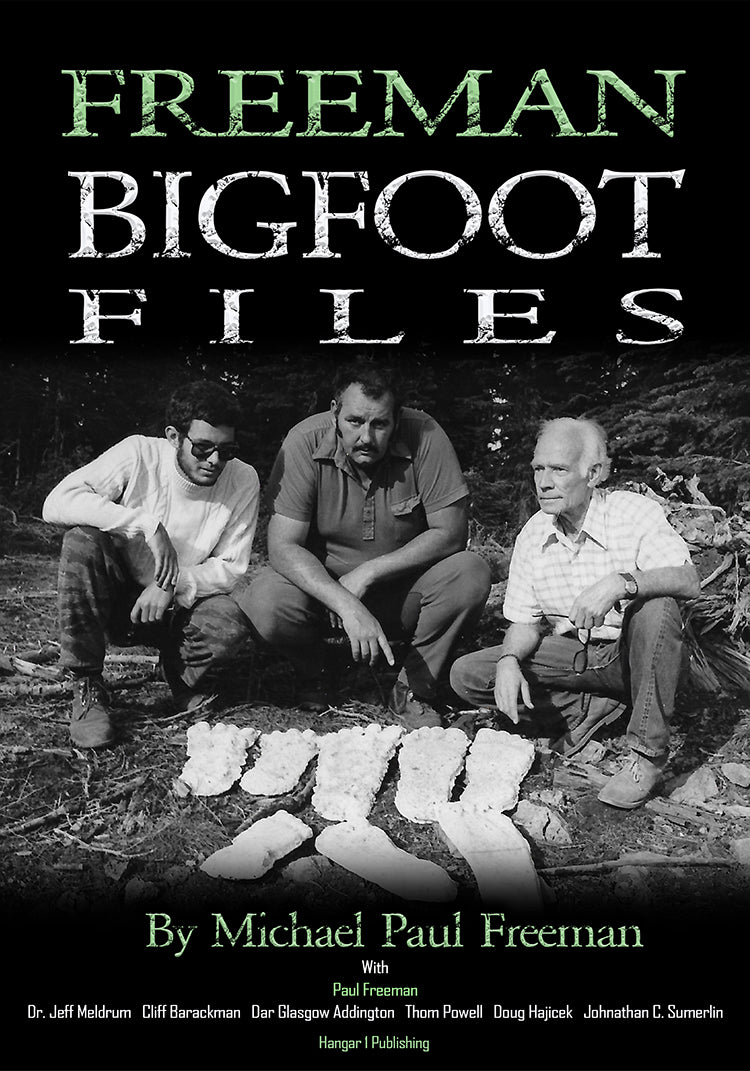Project Moondust: Declassified Documents Reveal America's Secret UFO Recovery Program

By Malcolm Blackwood, Ufologist
I've spent three decades filing Freedom of Information Act requests, and I can tell you this: governments don't classify things that don't matter. So when a declassified 1961 Air Force intelligence letter casually mentions that military teams have "peacetime duty functions in support of such Air Force projects as Moondust, Bluefly, and UFO," you'd better believe I paid attention.
That single document, designated AFCIN-1E-O, cracked open a door the Pentagon had kept locked for decades. Behind it sat evidence of a coordinated, global program designed to recover not just Soviet space junk, but objects of genuinely unknown origin.
This isn't speculation. This is what the government's own paperwork says.
What Was Project Moondust?
On paper, Project Moondust was a USAF program established to locate, recover, and deliver descended foreign space vehicles. During the Cold War, that made perfect sense. Both superpowers were lobbing satellites into orbit, and whatever crashed back down carried intelligence value. You want to know what the Soviets were building? Grab a piece when it falls.
But the classified mandate went further than foreign hardware. Much further.
The 1127th Field Activities Group at Fort Belvoir was responsible for these recoveries. A draft policy memo from November 1961 made an explicit distinction: these teams would recover "unidentified flying objects" as a separate category from "known Soviet/Bloc aerospace vehicles." Two different things. Two different protocols.
Why would you need to distinguish between them if you weren't expecting to find both?
The Document That Started Everything
The AFCIN-1E-O letter came to light through researcher Robert Todd's persistent FOIA work in the late 1970s. I've built on his foundation for years, and the language in that letter still hits me every time I read it.
It describes Operation Blue Fly as the "expeditious delivery" service for getting Moondust recoveries to the Foreign Technology Division at Wright-Patterson Air Force Base. The pipeline was clear: field teams grab it, Blue Fly moves it fast, and FTD analyzes it in Ohio.
The letter also states these "quick reaction projects all involve a potential for employment of qualified field intelligence personnel on a quick reaction basis to recover or perform field exploitation of unidentified flying objects, or known Soviet/Bloc aerospace vehicles."
Read that again. "Unidentified flying objects" appears as its own category. Not debris. Not satellites. UFOs.
Following the Paper Trail Around the World
Skeptics love to claim Moondust was domestic rumor. The State Department cables from 1967-1972 prove otherwise. These weren't local operations. U.S. embassies coordinated recoveries across multiple continents.
Mexico, February 1967
A bronze-colored titanium sphere weighing 75 pounds crashed near General Terán. The local mayor reported it, the Mexican government got involved, and NASA stepped in. Eventually, the object was identified as a gas stowage sphere from a Titan II rocket. But here's what matters: the Air Attaché crated it up and shipped it through Kelly AFB to FTD at Wright-Patterson. The system worked exactly as designed.
Nepal, March 1968
Four unknown objects fell from the sky, including what witnesses described as a "circular metal disc." The Nepalese Army recovered them. The British Embassy got wind of it. And then the 1127th USAF Field Activities Group arrived.
U.S. teams examined the debris, took samples back to America, and concluded the material was "possibly of Soviet origin" from Cosmos 208. But NORAD data later showed Cosmos 208 was still operating successfully in orbit. A cover story of a crashed satellite was considered, even when the evidence didn't support it.
Sudan, August 1967
The DIA reported recovering a "satellite" under Moondust protocols. One problem: the description in internal documents didn't match any known satellite configuration.
Bolivia, May 1978
Witnesses in Tarija reported a shiny, cylindrical object before what they described as a "UFO crash." State Department records confirm the U.S. Embassy in La Paz was involved. This case became the subject of extensive research and eventually a FOIA request that turned up more questions than answers.
The Wright-Patterson Pipeline
Every trail leads back to Ohio. Wright-Patterson Air Force Base housed the Foreign Technology Division, which by 1969 had studied over 12,618 reported sightings under Project Blue Book.
The FTD headquarters complex included Buildings 856, 828, and 829, containing over 460,000 square feet of laboratory and office space. This wasn't a filing cabinet in a basement. This was a serious analytical facility with the resources to tear apart anything that landed on its doorstep.
The Air Technical Intelligence Center, FTD's predecessor, had already established WPAFB as the hub for foreign tech analysis during the Korean War. When Moondust formalized in the early 1960s, the infrastructure was already there.
You've probably heard whispers about "Hangar 18." The Air Force's own Roswell reports acknowledge Wright-Patterson would be the "logical location to study unknown materials." They chalk up Roswell to Project MOGUL balloons and deny extraterrestrial connections. But the official denials don't erase the documented fact that FTD existed specifically to analyze foreign and unknown technology.
The question of who recovers unidentified objects has a documented answer. Teams existed. Protocols existed. Labs existed. The only remaining question is what they found.
How They Kept Everyone Quiet
A secret program is only as good as its secrecy architecture. Moondust had multiple layers.
JANAP 146: The Legal Gag Order
Joint Army-Navy-Air Force Publication 146 established reporting procedures for "vital intelligence sightings." The category explicitly included UFOs.
Here's the kicker: unauthorized disclosure of information reported under JANAP 146 was punishable by up to $10,000 in fines and 10 years in prison under espionage statutes. Military pilots and civilian airline crews who witnessed anomalous phenomena faced career destruction or criminal prosecution if they talked.
By 1958, 450 airline pilots protested a system they felt was designed to debunk their reports while legally silencing them. The impact of JANAP 146 on the UFO topic cannot be overstated. It created a culture of enforced silence that lasted decades.
The Space Debris Cover
State Department protocols instructed embassies to use "space debris" as a default explanation. A 1973 Secret State Department Airgram confirmed the "MOON DUST" designator applied to "non-US space objects and objects of unknown origin." That second category is the one that keeps me up at night.
Classification and Compartmentalization
Documents were marked SECRET or CONFIDENTIAL. The scientific study of UFOs at the University of Colorado operated under restrictions that limited what researchers could access. Researchers like Clifford Stone risked their careers digging into these programs.
The original JANAP 146 documents show how reporting requirements intersected with Canadian-American intelligence sharing and Air Force regulatory frameworks. The system was designed to channel information upward while blocking it from flowing outward.
The Skeptics Have a Point. And Then They Don't.
I'm not here to tell you little green men crashed in Nepal. I deal in documents, not speculation. And yes, many Moondust recoveries were exactly what they appeared to be: space junk.
The 1966 Rio Negro, Brazil incident was eventually linked to a Saturn SA-5 rocket stage re-entry. The Mexico sphere was American hardware. Soviet COSMOS 316 debris was recovered from the U.S. Midwest in 1970.
Skeptics point to these identifications as proof the whole program was mundane. They're half right.
The 1968 Cape Town recovery pulled a "dome-shaped object" from underwater. It showed signs of extreme heat but no corrosion, made of almost pure aluminum. NASA analysts couldn't determine its origin or function. The Sudan "satellite" didn't match satellite configurations. The Nepal "metal disc" came down while the suspected source satellite was still operational.
You don't create classification layers and criminal penalties to protect a Soviet rocket fragment. You do that when you're recovering things you can't explain.
The Program Never Actually Ended
When Robert Todd pressed the Air Force for more Moondust records in the mid-1980s, he got a response that still makes my jaw tighten.
A July 1, 1987 letter stated that "the nickname Project Moon Dust no longer officially exists." But it also confirmed the program was "replaced by another name that is not releasable." A classified regulation detailed its ongoing duties.
Read that carefully. The name changed. The mission didn't.
The organizational lineage is clear. ATIC became FTD in July 1961. FTD became the National Air and Space Intelligence Center. Today, NASIC remains the DoD's primary source for foreign air and space intelligence.
Within NASIC sits the Foreign Materiel Exploitation Squadron, activated in April 2008. According to NASIC's own fact sheets, FMXS dissects "foreign air, space, and cyberspace-related military systems" acquired through "battlefield recoveries, intelligence collections, or cooperative programs."
The Air Force Research Laboratory maintains the analytical capabilities. The pipeline Todd and I traced in declassified 1960s memos still functions. Different letterhead. Same job.
Where This Connects to Modern Disclosure
Everything happening now in Washington carries echoes of Moondust.
The All-domain Anomaly Resolution Office's 2024 historical report was supposed to be the government's definitive accounting of UAP involvement since 1945. Critics noted factual errors and old mistakes repeated. The report found "no evidence" of extraterrestrial technology or cover-ups. But it also couldn't explain what happened to materials recovered under programs like Moondust.
The UAP Disclosure Act now requires federal agencies to identify and transfer UAP-related records to the National Archives. The legislative language creates a legal presumption of disclosure. For the first time, researchers like me have statutory backing for requests that used to hit brick walls.
NASA's UAP Independent Study Team recommended the agency take a leading role in UAP research. Their 2023 report called out the stigma that has suppressed reporting for decades and recommended leveraging citizen science for broader data collection.
These developments matter because they're fighting the same institutional resistance that protected Moondust. The classification reflexes, the career penalties for witnesses, the strategic ambiguity about what was recovered and where it went. All of it traces back to the architecture built in the 1950s and 1960s.
The Rolodex of Agencies
One thing that surprised me early in my research: how many agencies touched these operations. Moondust wasn't a rogue Air Force program. It was coordinated across the government.
The Foreign Technology Division ran the analysis. The State Department managed embassy coordination. NASA provided technical expertise on space hardware identification. The Defense Intelligence Agency received reports and maintained files. The Air Force ran the field teams.
This interagency structure explains why records are so hard to compile. No single FOIA request covers everything. You have to know which agency held which piece of the puzzle. I've filed requests to multiple agencies over the years and still find gaps.
The National Archives FOIA logs show how many researchers have tried. The NASA FOIA responses on related topics often reference records held elsewhere or no longer available.
British researchers have found UK Ministry of Defence files that reference American programs. The international scope of the cover-up makes sense when you realize how interconnected allied intelligence services were during the Cold War.
What I've Learned After 30 Years
Here's what the paper trail tells me:
Project Moondust was real. It operated globally. Its mandate included recovering objects that could not be identified as conventional hardware. The secrecy architecture surrounding it was designed to suppress witness testimony and control public narrative. When the codename was compromised, the program continued under a different name.
I can't tell you what they found. The analysis reports from FTD and its successors remain classified. The CIA's liaison with Blue Book and the Air Force regulations governing UFO reporting created information silos that persist to this day.
The Air Force Regulation 200-2 established procedures that concentrated UFO data at ATIC and later FTD. The Navy's historical perspective on Blue Book acknowledges how U-2 flights generated some reports but doesn't account for cases that defied conventional explanation.
The witnesses who have come forward over the years describe a consistent pattern: objects recovered, materials analyzed, personnel sworn to silence. Their accounts align with the documentary evidence I've compiled.
The historical context matters. Eisenhower allegedly established Moondust in 1953, the same period when General Nathan Twining was pushing for expanded UAP investigation capabilities. The organizational genealogy connects early Cold War efforts to present-day programs.
The 1969 NASA aeronautics report and aerospace chronology document the official space program timeline. But they don't mention the objects that fell outside that timeline. The ongoing effort to recover and archive lost data continues to turn up fragments of this hidden history.
CIA files from 1964 reference "Moon Dust Files" in their statistics. Clifford Stone's special reports and FOIA work expanded what we know. The declassified pages that have emerged represent a fraction of what remains hidden.
The Internet Archive's collection and the State Department cables are publicly accessible now. The official Roswell reports and their supporting documentation tell one story. The Moondust files suggest another.
The National Archives space exploration records and NASA research guides provide context for the official space program. What they don't provide is context for the objects that official programs couldn't explain.
I've spent 30 years pulling these threads. The documents don't lie, even when the agencies that created them won't talk. Project Moondust existed. Its successor exists today. And somewhere in Ohio, in secure labs built for exactly this purpose, people are still analyzing what those teams brought home.
The question isn't whether the government investigated UFO crashes. The documents prove they did. The question is what they found. And that, for now, remains above my clearance level and yours.
From Bigfoot to UFOs: Hangar 1 Publishing Has You Covered!
Explore Untold Stories: Venture into the world of UFOs, cryptids, Bigfoot, and beyond. Every story is a journey into the extraordinary.
Immersive Book Technology: Experience real videos, sights, and sounds within our books. Its not just reading; its an adventure.








